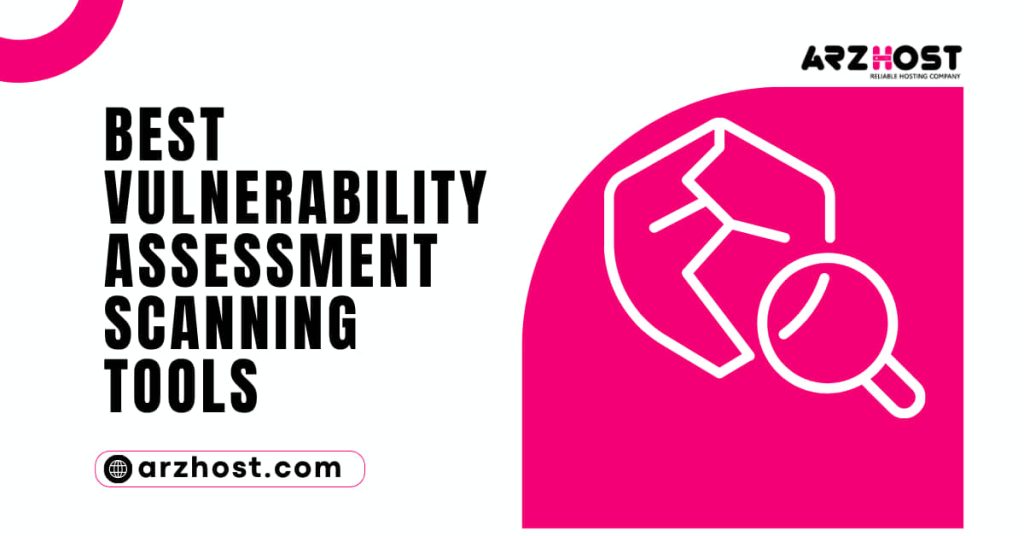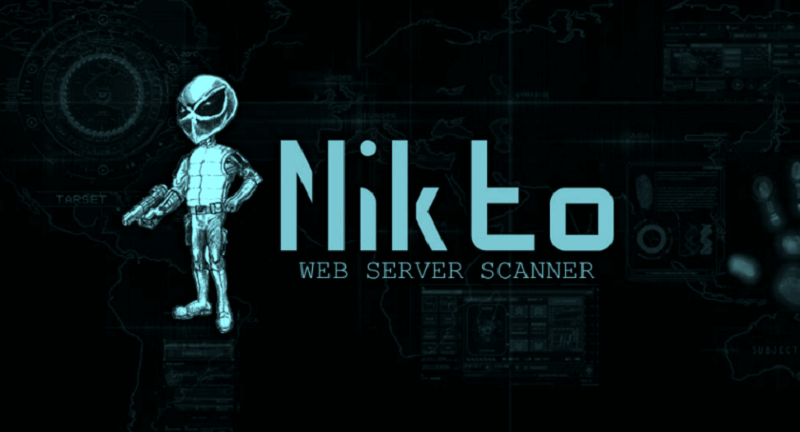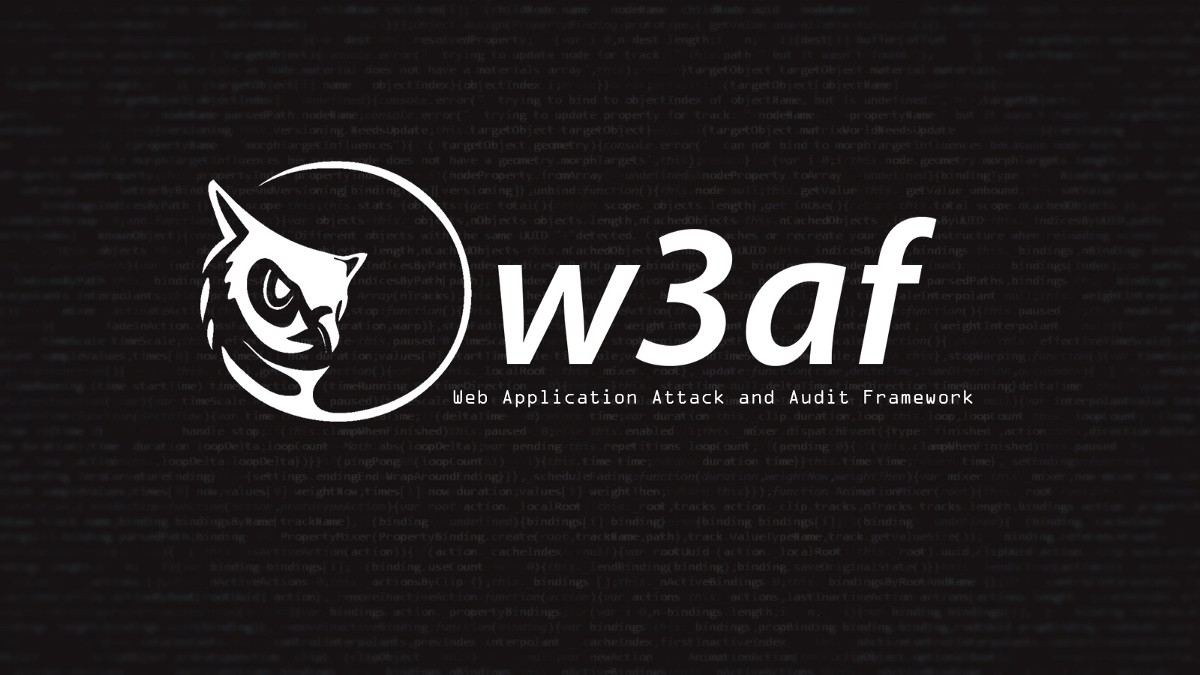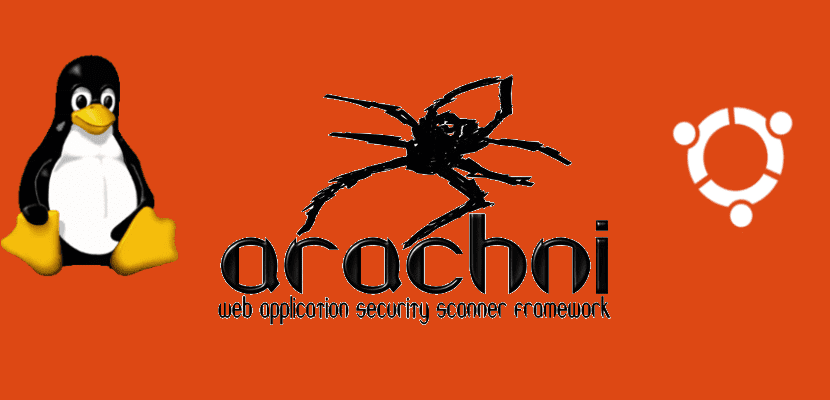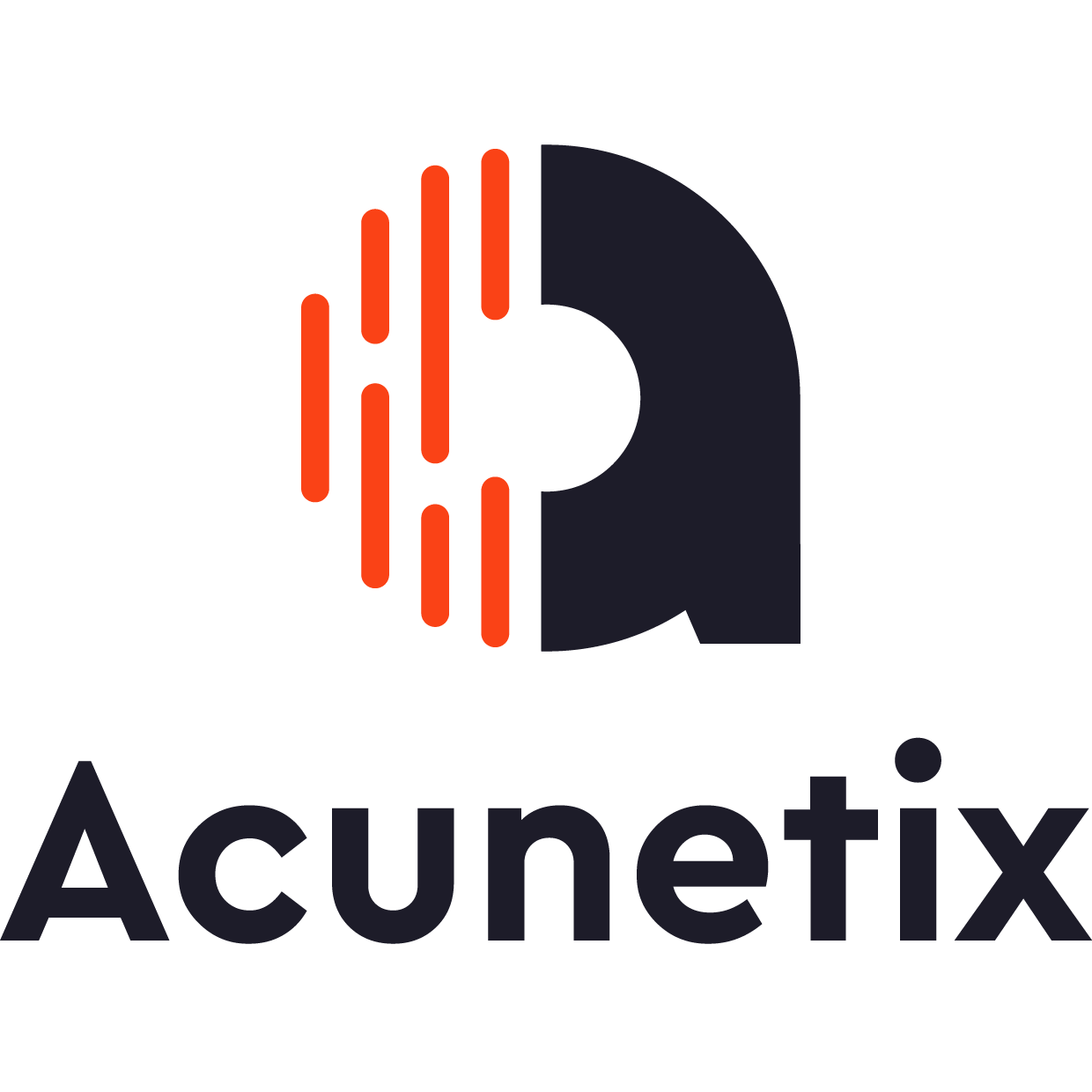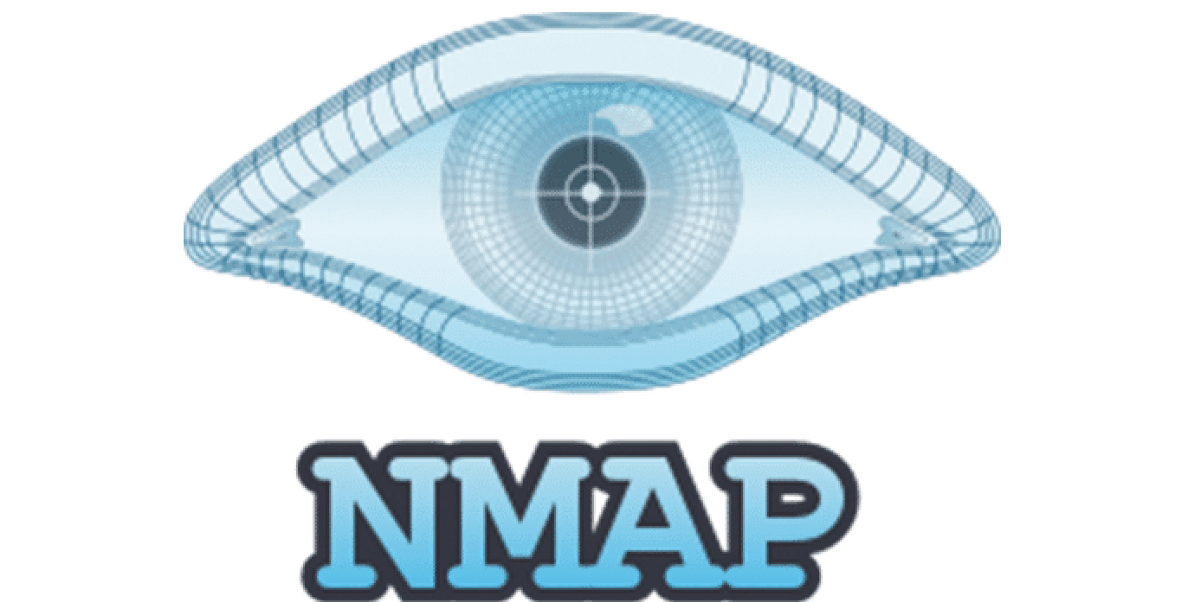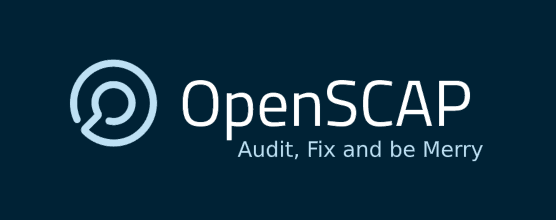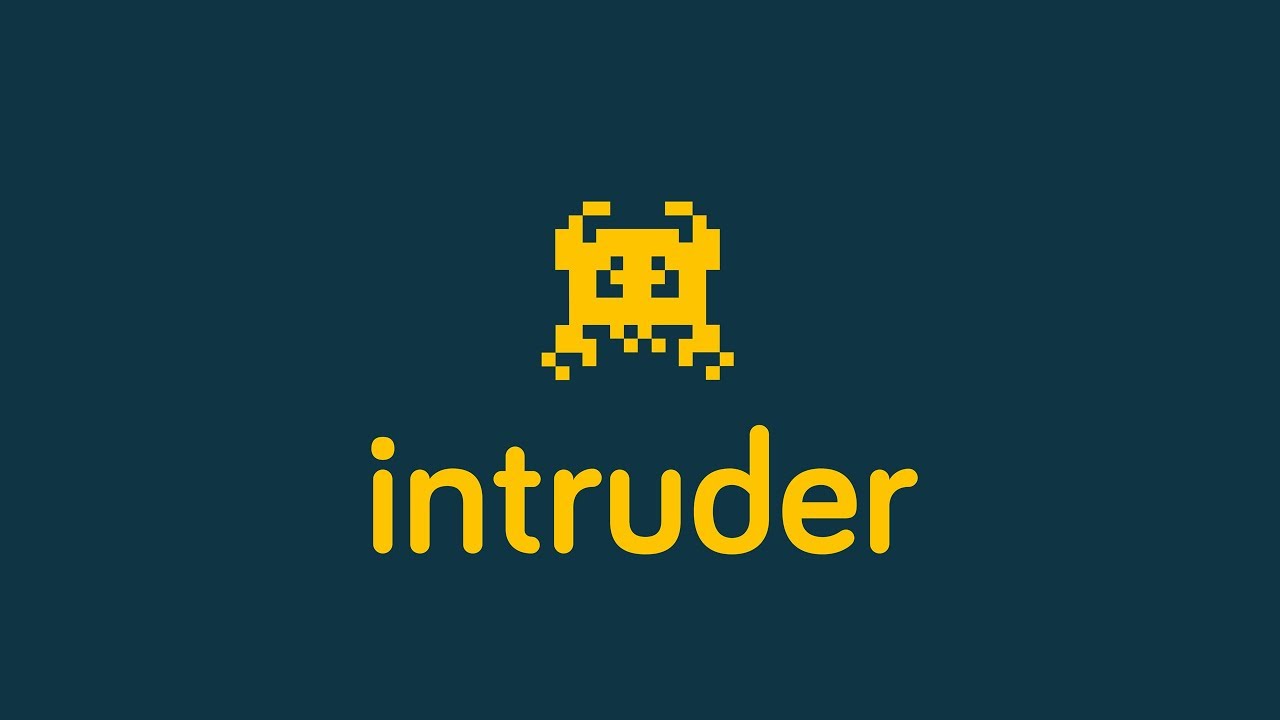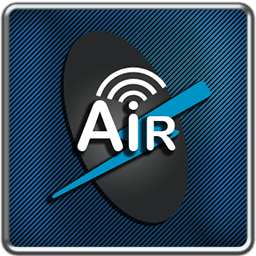Finding security gaps in any system and correcting any vulnerabilities is a systematic procedure known as vulnerability scanning or 17 Best Vulnerability Assessment Scanning Tools.
Vulnerability analyses are performed to guard against the risk of unauthorized access to systems. The system’s confidentiality, integrity, and availability are maintained by vulnerability testing. Any computer, network, network device, software, online application, cloud computing, etc. are all included in the term “system.”
Best Vulnerability Assessment Scanning Tools
Applications’ vulnerabilities can be found using a variety of methods with the help of vulnerability scanning tools. 17 Best Vulnerability Assessment Scanning Tools in code examine coding errors. Known rootkits, backdoors, and trojans can be found using audit vulnerability tools.
The market has a wide variety of vulnerability scanners. They may be open-source, free, or either. The majority of open-source and free technologies are accessible on GitHub. Which tool to employ relies on a number of variables, including the vulnerability kind, financial constraints, frequency of tool updates, etc.
1: Nikto2
An open-source vulnerability scanning programme with a focus on online application security is called Nikto2. Nikto2 is able to identify 6700 potentially harmful files that are harming web servers and report out-of-date server-based versions. Additionally, Nikto2 can scan web servers quickly and notify on problems with server settings.
Nikto2 neither provides risk assessment features nor any countermeasures for discovered vulnerabilities. However, Nikto2 allows for wider coverage of vulnerabilities because it is a frequently updated product.
2: Netsparker
Another tool for detecting vulnerabilities in online applications is Netsparker, which also has an automated option. Additionally, this tool has the ability to quickly identify vulnerabilities in thousands of online applications.
It provides a lot of cutting-edge features despite being a premium enterprise-level vulnerability tool. It has crawling technology that scans an application for vulnerabilities. For discovered vulnerabilities, Netsparker may outline and provide mitigation methods. Additionally, comprehensive vulnerability assessment security solutions are readily available.
3: OpenVAS
OpenVAS is an effective vulnerability scanning solution that offers extensive scans that are appropriate for businesses. This tool can be used to identify vulnerabilities in databases, operating systems, networks, virtual machines, as well as web applications and web servers.
Daily upgrades to OpenVAS increase the scope of its vulnerability-detecting capabilities. Additionally, it aids in risk assessment and offers solutions for discovered vulnerabilities.
4: W3AF
Web Application Attack and Framework, sometimes known as W3AF, is a free and open-source programme. This software is an open-source web application vulnerability scanner. By identifying and utilizing the vulnerabilities, it builds a framework that aids in protecting the online application. This utility has a reputation for being user-friendly. W3AF includes exploitation facilities utilized for penetration testing activities in addition to vulnerability screening alternatives.
W3AF also protects against a wide range of vulnerabilities. This technique can be chosen for domains that frequently experience attacks, particularly when using recently discovered vulnerabilities.
5: Arachni
A dedicated vulnerability tool for web apps is called Arachni. This programme is routinely updated and covers a wide range of vulnerabilities. Arachni offers tools for risk assessment and offers advice and defences for discovered vulnerabilities.
Arachni is a Linux, Windows, and macOS-compatible free and open-source vulnerability tool. Arachni supports penetration testing by being able to handle freshly discovered vulnerabilities.
6: Acunetix
Acunetix is a web application security scanner that costs money (although there is also an open-source version available). With this tool, a scanning range of approximately 6500 vulnerabilities is provided. In addition to online apps, it can also discover network vulnerabilities.
With Acunetix, you can automate your scan. It is appropriate for large enterprises because it can manage numerous devices. Some major corporations that use Arachni for vulnerability tests include HSBC, NASA, and the USA Air Force.
7: Nmap
Among many security experts, Nmap is one of the widely used free and open-source network scanning tools. Nmap uses the probing approach to find hosts on a network and to identify OS systems. This function aids in the identification of vulnerabilities across one or more networks. Nmap is a good place to start if you’re new to vulnerability scanning or learning the process.
8: OpenSCAP
OpenSCAP is a set of tools that helps in security measure creation, vulnerability assessment, and scanning for vulnerabilities. OpenSCAP is a resource created by communities that is free and open-source. OpenSCAP only works with Linux-based systems.
On web applications, web servers, databases, operating systems, networks, and virtual machines, vulnerability scanning is supported via the OpenSCAP framework. Additionally, they offer a facility for risk assessment and assistance in finding threats.
9: GoLismero
A free and open-source vulnerability scanning tool is called GoLismero. GoLismero concentrates on identifying web application vulnerabilities, but it can also search for weaknesses in the network. GoLismero is a handy tool that integrates the findings from many vulnerability scanners, including OpenVAS, and then provides comments.
Database and network vulnerabilities are among the many vulnerabilities that GoLismero covers. GoLismero also supports countermeasures for discovered vulnerabilities.
10: Intruder
A commercial vulnerability scanner called Intruder was created especially to check cloud-based storage. Instantly upon the publication of a vulnerability, attacker software begins to scan. Intruder’s automated scanning system continuously checks for vulnerabilities.
Due to its capacity to control numerous devices, Intruder is appropriate for enterprise-level vulnerability scanning. Along with monitoring cloud storage, Intruder may assist in locating network weaknesses and offer quality reporting and recommendations.
11: Comodo HackerProof
You may use the bundled PCI scanning tools, prevent cart abandonment, and perform daily vulnerability scanning with Comodo HackerProof. You can also make use of the drive-by attack prevention feature to win your guests’ respect. Many organisations can increase their conversion of visitors into customers as a result of Comodo Hacker proof’s benefits.
When customers transact with your company, they typically feel safer, which should increase your income. You will experience a new level of protection with SiteInspector’s patent-pending scanning technology.
12: Aircrack
A series of tools called Aircrack also referred to as Aircrack-NG, is used to evaluate the WiFi network’s security. These Programmes support numerous operating systems, including Linux, OS X, Solaris, NetBSD, Windows, and more. They can also be used for network auditing.
The tool will concentrate on several aspects of WiFi security, including packet and data monitoring, driver and card testing, cracking, responding to assaults, etc. Using this tool, you can capture the data packets and recover the misplaced keys.
13: Retina CS Community
An open-source web-based console called Retina CS Community will let you create a more centralized and simple vulnerability management solution. You can carry out an evaluation of cross-platform vulnerability thanks to Retina CS Community’s tools for compliance reporting, patching, and configuration compliance.
When it comes to controlling your network security, the tool is ideal for saving time, money, and effort. It includes an automatic vulnerability assessment for servers, workstations, DBs, and web applications. Scanners for virtual apps and vCenter integration are just two examples of the comprehensive assistance that businesses and organizations will receive for virtual environments.
14: Microsoft Baseline Security Analyzer (MBSA)
Microsoft created a totally free vulnerability scanner that you may use to check for vulnerabilities in your Windows server or machine. Numerous essential aspects of the Microsoft Baseline Security Analyzer include examining network service packets, looking for security upgrades or other Windows updates, and more. The best tool for Windows users is this one.
It’s great for assisting you in finding outdated software or security patches. Use the programmer to update your computer’s security settings. The tool is most helpful for small to medium-sized enterprises, and with its capabilities, it helps the security department save money. The vulnerabilities that the programmer identifies can be fixed without consulting a security specialist.
15: Nexpose
You can use Nexpose for nothing because it is an open-source technology. This programmer is frequently used by security professionals to scan for vulnerabilities. Thanks to the Github community, all new vulnerabilities are now present in the Nexpose database. You can rely on this tool to provide an in-depth scan of your web application and use it with the Metasploit Framework. It will consider a number of factors before producing the report.
The programmer classifies vulnerabilities according to their risk level and ranks them from low to high. New devices can be scanned by it, keeping your network safe. Since Nexpose is updated a week, you can trust that it will identify any new dangers.
16: Nessus Professional
Tenable Network Security developed the trademarked and proprietary vulnerability scanner known as Nessus. Nessus can search for vulnerabilities that allow for remote hacking of sensitive data and shield networks from hacker efforts.
In addition to cloud infrastructure and virtual and physical networks, the tool provides a wide variety of operating systems, databases, applications, and other devices. Millions of users rely on Nessus to solve their configuration and vulnerability assessment problems.
17: Solar Winds Network Configuration Manager
Users frequently give Solar Winds Network Configuration Manager good marks. Many other solutions do not handle a specific sort of vulnerability, such as improperly set up networking equipment, but this one is addressed by the vulnerability assessment tool features it offers.
This trait distinguishes it from the competition. The main use of this tool as a vulnerability scanner is to check network equipment configurations for mistakes and omissions. Periodically checking for changes in device setups is another use for it.
To find vulnerabilities in your Cisco devices, it interfaces with the National Vulnerability Database and provides access to the most recent CVEs. Any Cisco device running ASA, IOS, or Nexus OS is compatible with it.
Benefits of Vulnerability Scanning
17 Best Vulnerability Assessment Scanning Tools. System security is maintained against external threats by vulnerability scanning. Other advantages are:
- Affordable: A lot of vulnerability scanners are free to use.
- Quick: Assessment is finished in a few hours.
- Automate: Regular scans can be carried out automatically using the vulnerability tools’ automated features.
- Performance: Virtually all of the common vulnerability scans are completed by vulnerability scanners.
- Cost/Benefit: By maximizing security threats, costs can be decreased and benefits can be increased.
Conclusion
Your capacity to examine your systems and the security criteria you have will determine which vulnerability tool is best for you to use. Before it’s too late, locate security flaws and fix them.
Use this chance to research the features offered by each of the aforementioned Programmes, then choose the one that works best for you. Contact one of our professionals immediately for a consultation if you require assistance. Learn more about the top 17 Best Vulnerability Assessment Scanning Tools to increase your security overall.




